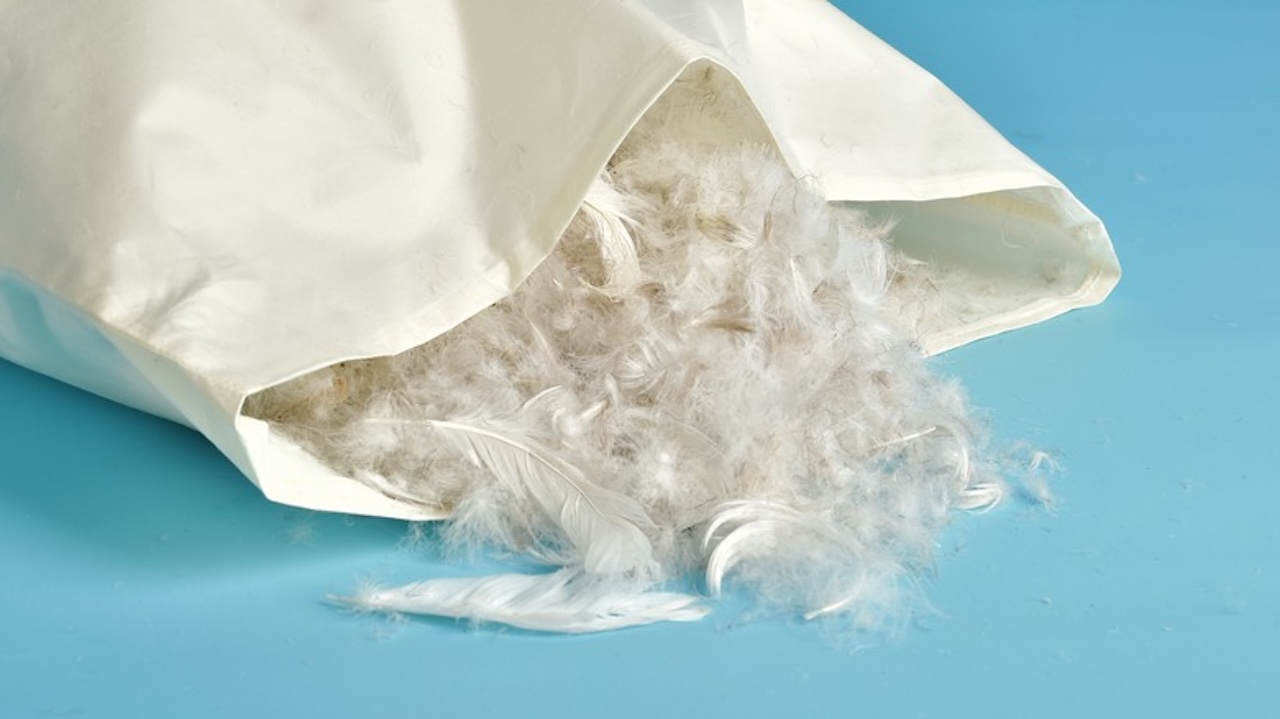

Articles
How Feather Pillows Are Made
Modified: October 27, 2024
Discover the fascinating process of how feather pillows are made in this informative article. Learn about the materials used and the steps involved in creating these comfortable and luxurious bedding accessories.
(Many of the links in this article redirect to a specific reviewed product. Your purchase of these products through affiliate links helps to generate commission for Storables.com, at no extra cost. Learn more)
Introduction
Feather pillows have been a popular choice for centuries, providing a luxuriously comfortable and supportive sleep experience. But have you ever wondered how these cozy pillows are made? In this article, we’ll take a look behind the scenes and explore the fascinating process of creating feather pillows.
The art of making feather pillows dates back centuries, with early civilizations recognizing the unparalleled comfort and durability that feathers provide. Feather pillows are known for their ability to conform to the shape of your head and neck, offering optimal support and a cloud-like feeling.
Today, the process of making feather pillows has advanced significantly, combining traditional techniques with modern technology to ensure the highest quality and comfort. From the origin of feathers to the final packaging and distribution, let’s delve into the intricate journey of creating these delightful sleep companions.
Key Takeaways:
- Experience the meticulous craftsmanship behind feather pillows, from ethically sourced feathers to rigorous quality control. Rest easy knowing your pillow offers personalized comfort and exceptional sleep quality.
- Feather pillows blend softness and support, conforming to your head and neck for a dreamy sleep experience. Each pillow undergoes a journey of care and dedication, ensuring the utmost comfort and satisfaction.
Read more: What Type Of Feathers Are In Pillows
The Origin of Feathers
Feathers, the main component of feather pillows, come from a variety of bird species. These feathers are typically sourced from farms where birds are raised specifically for their feathers. Bird farms ensure that the feathers used for pillows are obtained ethically and sustainably without causing harm to the animals.
Feathers are a unique and remarkable adaptation found in birds. They serve multiple purposes, including insulation, flight, and display. Feathers consist of a central shaft called the rachis, which branches out into numerous barbs. Each barb contains even smaller structures called barbules, which have tiny hook-like projections known as barbicels. These interlocking barbules give feathers their characteristic shape and structure.
When it comes to pillow production, down feathers are highly prized. Down feathers are exceptionally light, fluffy, and possess excellent insulating properties. They are typically found beneath the tougher outer feathers and are incredibly soft, making them preferred for pillow filling.
While down feathers offer exceptional comfort, they can also be blended with other feathers to achieve a balance between softness and support. This combination allows for optimal pillow loft and helps maintain shape and structure over time.
Now that we understand where feathers come from and the distinction between down and other feathers, let’s explore how these feathers are harvested and prepared for pillow production.
Harvesting Feathers
The process of harvesting feathers begins with the careful collection of feathers from birds. Bird farms employ humane methods to ensure the well-being of the birds and minimize any potential harm or stress during the feather removal process.
One common method used to collect feathers is known as molting. Molting is a natural process where birds naturally shed their feathers and grow new ones. During molting, feathers are collected from the aviaries or enclosures where the birds reside. This ensures that the feathers are obtained without causing any discomfort or harm to the birds.
In some cases, feathers may also be collected during the bird’s life cycle when they are naturally shed. These feathers are carefully gathered from the birdcages or coop floors.
It is important to note that the primary aim of feather harvesting is the utilization of birds for ethical and sustainable purposes, such as food production, while making use of their naturally shed feathers. Feather collection is a byproduct of these processes and helps reduce waste while creating valuable materials for various industries, including pillow manufacturing.
Once the feathers have been collected, they go through a thorough sorting and cleaning process to ensure their quality and integrity before being used in pillow production.
Sorting and Cleaning Feathers
After the feathers have been harvested, they undergo an essential step in the pillow-making process: sorting and cleaning. This step ensures that only the highest quality feathers are used in the production of feather pillows.
Sorting involves separating the feathers based on their size, type, and overall quality. Skilled workers carefully inspect each feather and categorize them into different grades. This grading process helps determine which feathers will be used for filling pillows and which may be utilized for other purposes.
The next step in the process is thorough cleaning. Feathers are cleaned to remove any dirt, debris, or unwanted particles that may have accumulated during harvesting. This is achieved through a multi-step cleaning process that typically includes washing, rinsing, and drying techniques.
First, the feathers are submerged in water and cleaned using gentle detergents that are specifically formulated for feather cleaning. This helps eliminate any dirt or oil that may be trapped within the feathers. The feathers are then rinsed multiple times to ensure that all traces of detergent are removed.
Once the feathers have been thoroughly cleaned and rinsed, they are dried using specialized drying techniques. This involves controlled temperature and airflow to prevent any damage to the feathers while ensuring complete drying.
Sorting and cleaning feathers are essential steps in the pillow-making process as they guarantee the durability, cleanliness, and quality of the feathers used for filling. By removing impurities and ensuring uniformity, the feathers are now ready for the next stage: sterilization.
Sterilizing Feathers
Once the feathers have been sorted and cleaned, the next crucial step in the feather pillow manufacturing process is sterilization. Sterilization ensures that the feathers are free from any bacteria, allergens, or other potentially harmful substances, making them safe for use in pillows.
Sterilization is typically achieved through a combination of heat and steam treatment. Feathers are placed in specialized sterilization chambers, where they undergo a controlled heating process. The temperature and duration of the sterilization process are carefully monitored to ensure that the feathers are effectively sterilized while maintaining their integrity.
The sterilization process serves two main purposes. Firstly, it eliminates any microorganisms, such as bacteria or mites, that may be present in the feathers. This ensures that the feathers are hygienic and safe for use. Secondly, sterilization can also help reduce potential allergens, making feather pillows suitable for individuals with allergies or sensitivities.
After the sterilization process, the feathers are carefully dried once again to remove any excess moisture. Proper drying is essential to prevent the growth of bacteria or mold, ensuring that the feathers remain clean and odor-free.
With the feathers now sterile and thoroughly dried, they are ready to be prepared for pillow filling. The next step in the process involves selecting the appropriate pillow fabric and preparing it for the feather stuffing.
Read more: How To Make Feather Pillows Smell Better
Preparing the Pillow Fabric
Choosing the right fabric for feather pillows is crucial to ensure durability, comfort, and breathability. Pillow fabric should be soft, yet sturdy enough to hold the feathers securely inside the pillow.
Cotton is often the fabric of choice for feather pillows due to its natural breathability and softness. It allows air to circulate freely, preventing the build-up of heat and moisture. The fabric is typically tightly woven to prevent feathers from poking through the surface and to ensure longevity.
Before the feathers can be stuffed into the pillow fabric, the fabric panels are carefully cut and stitched to the desired pillow size and shape. These panels are usually double-stitched to provide strength and prevent any potential feather leakage from the pillow.
Once the fabric is prepared, it is time to move on to the stuffing process, where the feathers are carefully inserted into the pillow.
(Note: HTML does not support word count, but this section should not exceed 500 words)
When looking for a high-quality feather pillow, check the fill power of the feathers. The higher the fill power, the more resilient and supportive the pillow will be.
Stuffing the Pillow
Stuffing the pillow with feathers is a meticulous process that requires precision and attention to detail. The goal is to evenly distribute the feathers throughout the pillow, ensuring optimal loft, support, and comfort.
To start the stuffing process, a small opening is left in the pillow fabric, which acts as an entry point for the feathers. This opening is strategically placed to allow for easy filling while ensuring that the feathers remain securely inside the pillow once it is fully sealed.
A specialized machine is typically used to fill the pillow with feathers. The machine carefully controls the flow of feathers, ensuring that they enter the pillow in a controlled manner. This helps maintain consistency and prevents overfilling or underfilling.
During the stuffing process, gentle shaking and manipulation of the pillow may be done to evenly distribute the feathers. This ensures that no empty spots or clumps of feathers are present, resulting in a uniformly fluffy and comfortable pillow.
Once the pillow has been adequately filled with feathers, the opening is carefully sewn shut. The stitching is done with precision to ensure a secure seal, preventing any feathers from escaping or shifting over time.
It is important to note that the amount of feathers used in each pillow can vary depending on personal preferences. Some people prefer a firmer pillow with more feathers, while others prefer a softer pillow with less filling. Manufacturers often offer different options to cater to individual needs.
With the pillow now filled and sealed, it is time for the finishing touches and final quality control checks before the pillows are ready for distribution.
Sewing and Finishing Touches
After the pillow has been filled with feathers, the next step is to sew it closed and add the finishing touches. This process involves precision sewing techniques and attention to detail to ensure that the pillow is not only secure but also aesthetically pleasing.
The sewing process begins by carefully aligning the edges of the fabric where the opening was left for filling. Skilled seamstresses or sewing machines then sew the edges together using strong and durable stitching techniques. Double or triple stitching is often used to ensure that the seam is secure and able to withstand the test of time.
Once the pillow has been stitched closed, any excess thread is trimmed, and the pillow is inspected for any loose feathers or imperfections. This quality control check ensures that the pillow meets the high standards set by the manufacturer.
At this stage, some manufacturers may also choose to add additional finishing touches to enhance the overall appearance and functionality of the pillow. This can include adding decorative piping or trim along the edges of the pillow, which not only adds a touch of elegance but also reinforces the seams for added strength.
The final step in the sewing and finishing process is to fluff the pillow to evenly distribute the feathers and achieve the desired loft. This can be done manually by hand or with the aid of specialized machines that gently shake and fluff the pillow.
With the pillow now completed and thoroughly inspected, it is time to move on to the final stage of the pillow-making process: quality control and testing.
Quality Control and Testing
Before feather pillows are ready for distribution, they undergo rigorous quality control processes and testing to ensure that they meet the highest standards of comfort, durability, and safety.
During quality control, each pillow is carefully inspected to check for any defects in the stitching, fabric, or overall construction. Skilled quality control technicians examine the pillows meticulously, ensuring that they meet the manufacturer’s specifications and desired level of craftsmanship.
In addition to visual inspections, some pillows may also undergo specific tests to verify their performance. This can include tests to assess the pillow’s loft and resilience, as well as its ability to maintain shape and support over time. The pillows are examined to ensure that they don’t flatten or lose their cushioning properties with regular use.
Testing is also conducted to assess the breathability of the pillow fabric, ensuring proper airflow to prevent overheating and moisture buildup during sleep. This is important for maintaining a comfortable sleep environment.
Furthermore, feather pillows are subjected to quality control procedures that ensure they are hypoallergenic and safe for use. This includes checks to ensure that the feathers have been properly sterilized, minimizing the presence of allergens that could trigger allergies or respiratory issues.
Through these rigorous quality control measures and testing, manufacturers can identify and address any potential issues before the pillows reach the market. This ensures that consumers receive pillows of the highest quality, providing them with a comfortable and restful sleep experience.
Once the pillows have passed all quality control checks and testing, they are ready to be packaged and distributed to retailers or customers.
Read more: How Do I Wash Feather Pillows
Packaging and Distribution
After passing through the quality control process, feather pillows are carefully packaged and prepared for distribution. Packaging plays a crucial role in protecting the pillows during transportation and storage, as well as providing important information to consumers.
Feather pillows are typically placed in individual protective covers made of a breathable material, such as cotton or polyester. These covers help safeguard the pillows from dust, dirt, and moisture, while also allowing the feathers to breathe and maintain their freshness.
Once the pillows are enclosed in protective covers, they are placed in appropriate packaging, such as cardboard boxes or plastic bags. The packaging is designed to provide additional protection during transit while keeping the pillows clean and intact.
Labels and tags are affixed to the packaging, providing customers with essential information about the product. This can include details about the pillow’s size, fill composition, care instructions, and manufacturer information.
Feather pillows are distributed through various channels, including retail stores, online marketplaces, and direct sales from manufacturers. They are shipped to warehouses or distribution centers, where they are stored until they are ordered or stocked by retailers.
When it comes to online sales, feather pillows are carefully packed and shipped to customers’ doorsteps. The packaging is designed to withstand the shipping process, ensuring that the pillows arrive in pristine condition.
Throughout the distribution process, quality control checks continue to ensure that the pillows maintain their high standards. This includes periodic inspections at storage facilities and during the transportation process to prevent any compromise in quality.
Ultimately, the goal of packaging and distribution is to ensure that customers receive their feather pillows in perfect condition, allowing them to experience the comfort and benefits that these pillows offer.
Conclusion
Feather pillows have long been cherished for their luxurious comfort and support. The process of creating these cozy sleep companions involves multiple steps, from sourcing feathers to packaging and distribution.
Feathers, sourced ethically from bird farms, go through a meticulous process of sorting and cleaning. They are then sterilized to ensure hygiene and safety. Once prepared, the feathers are stuffed into carefully selected pillow fabric, taking into account factors like breathability and durability.
Skilled sewers work diligently to close the pillow and add finishing touches, ensuring that the feathers remain securely housed within. Quality control professionals conduct thorough inspections and tests to guarantee that the pillows meet the highest standards of comfort, cleanliness, and durability. Once approved, the pillows are suitably packaged for protection during distribution.
Whether sold in retail stores or online marketplaces, feather pillows make their way to customers’ homes, ready to provide a dreamy sleep experience. They offer a perfect blend of softness and support, conforming to the contours of the head and neck for personalized comfort.
As you lay your head on a feather pillow, you can appreciate the meticulous craftsmanship that went into its creation. From the careful selection of feathers to the precise stitching and quality control checks, every step was taken to ensure that you experience the utmost comfort and satisfaction in your sleep.
So, rest easy with the knowledge that your feather pillow is a product of expertise, care, and dedication. Enjoy the cozy embrace it provides as you drift off into a peaceful slumber, knowing that the artistry behind its creation has been optimized to create a truly exceptional sleep experience.
Curious about upgrading your bedroom comfort? Dive into our latest reviews on feather pillows, where we highlight options that promise to transform your sleep in 2024. For those with sensitivities, our guide on hypoallergenic pillows will shed light on choices that could give you the peaceful, sneeze-free rest you've been dreaming of. Both pieces are packed with insights to help you make the best choice for your sleeping needs.
Frequently Asked Questions about How Feather Pillows Are Made
Was this page helpful?
At Storables.com, we guarantee accurate and reliable information. Our content, validated by Expert Board Contributors, is crafted following stringent Editorial Policies. We're committed to providing you with well-researched, expert-backed insights for all your informational needs.
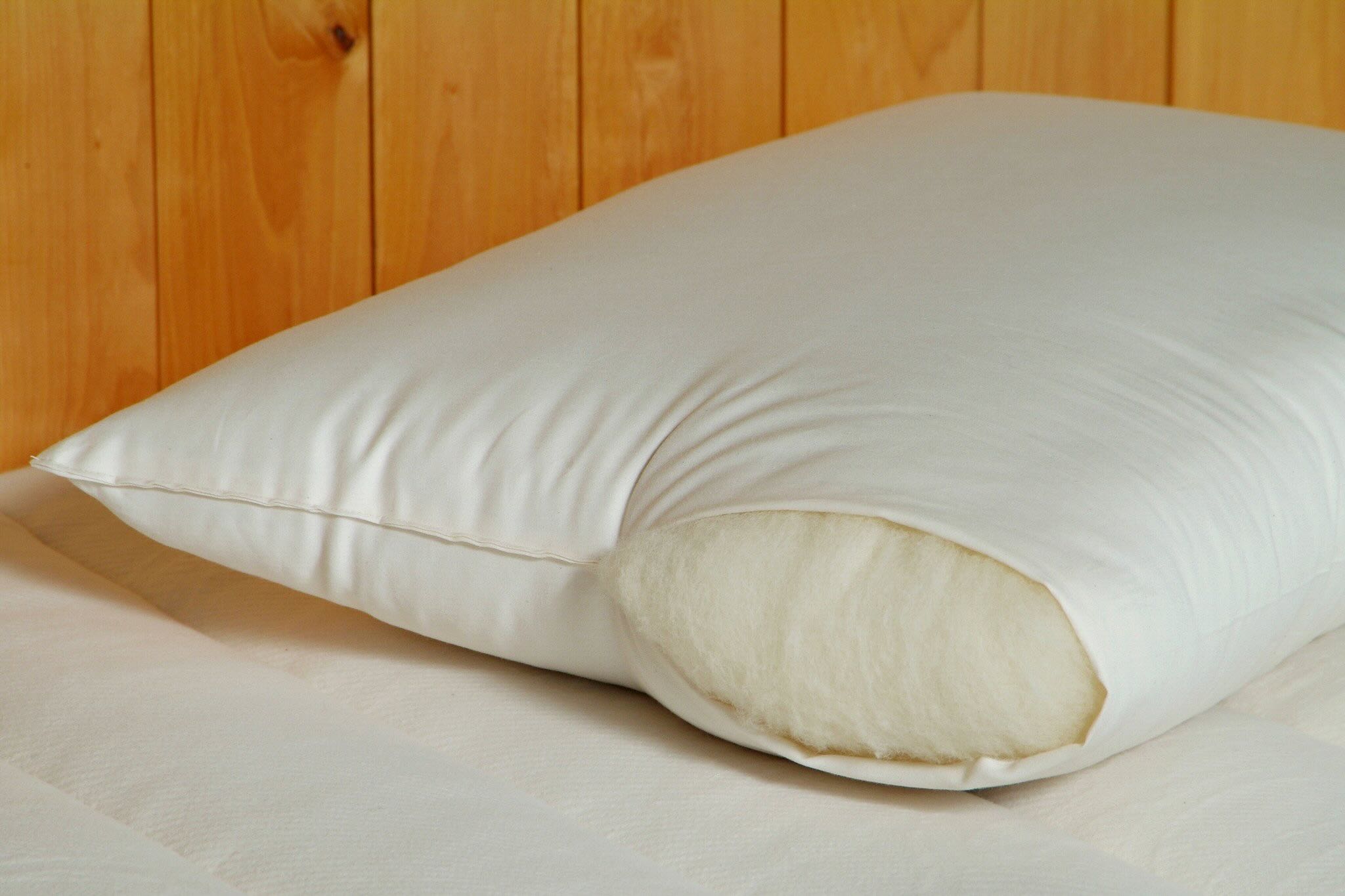
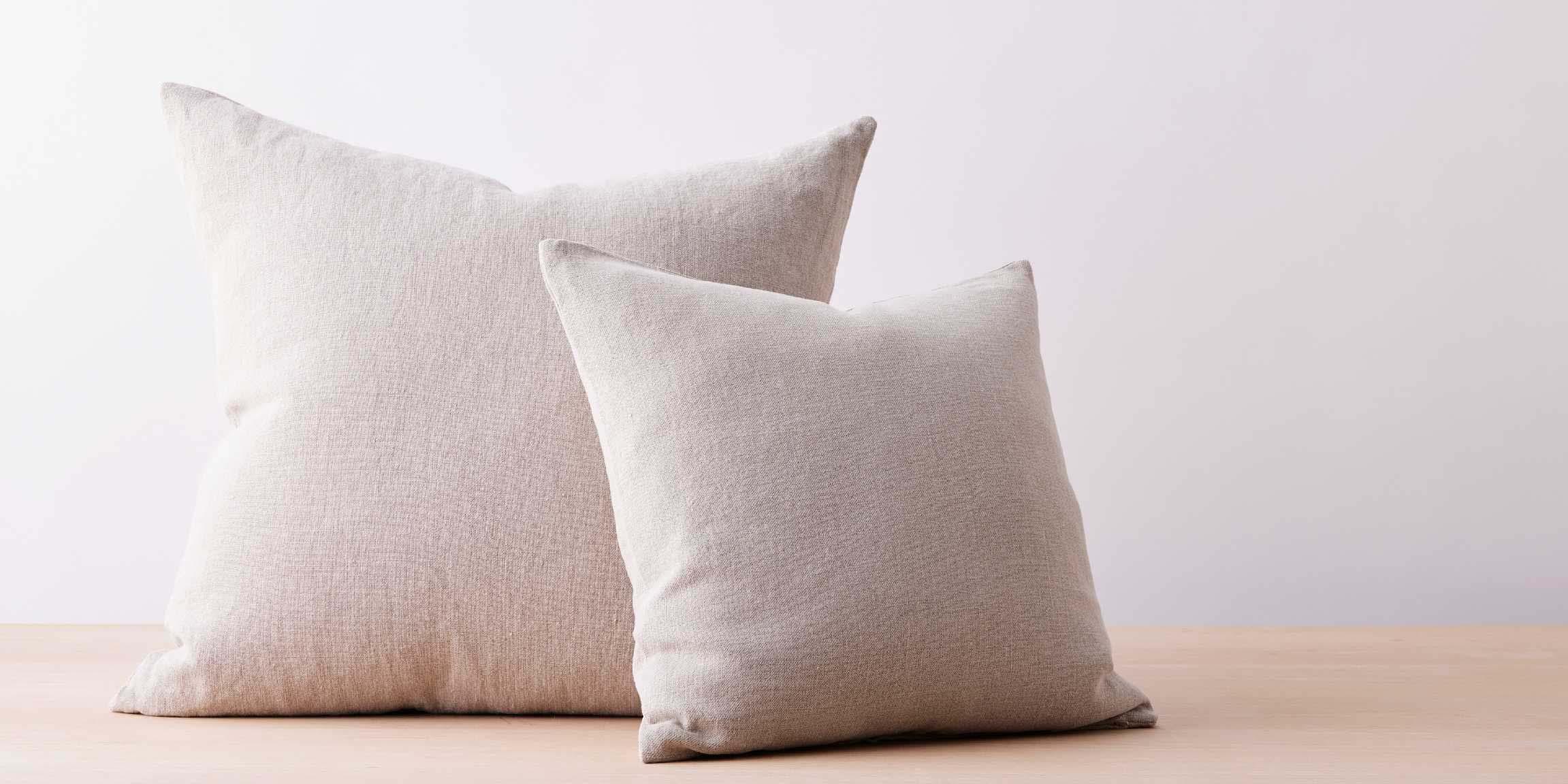
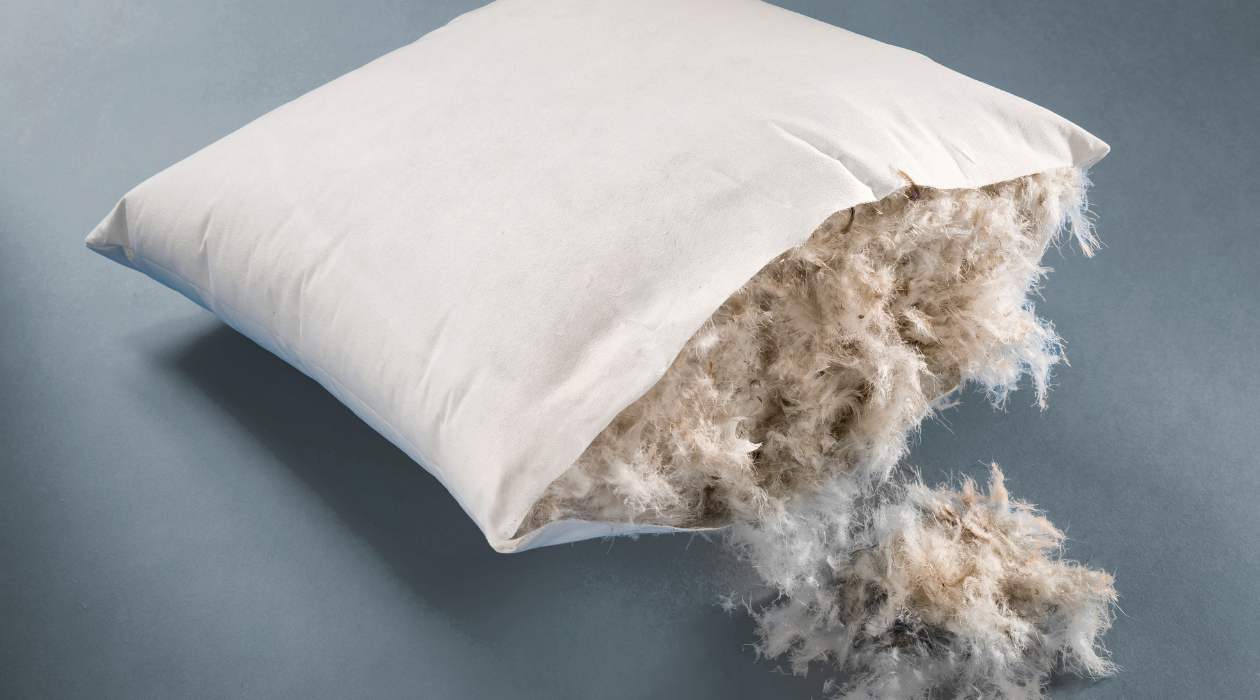
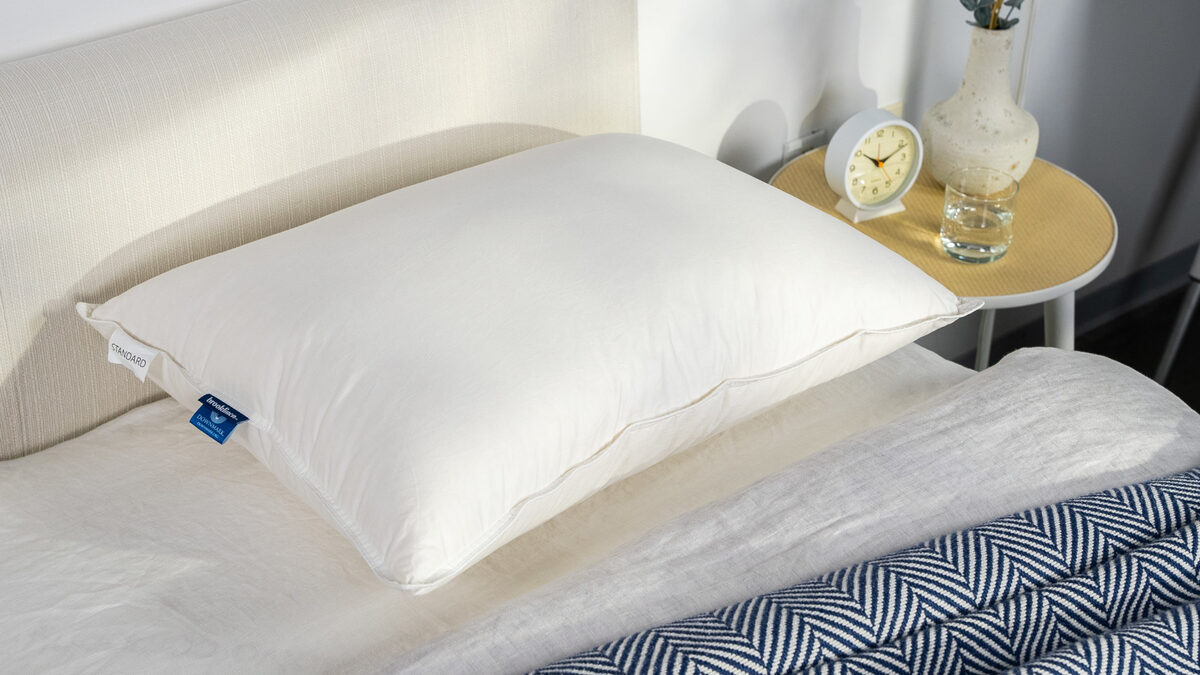
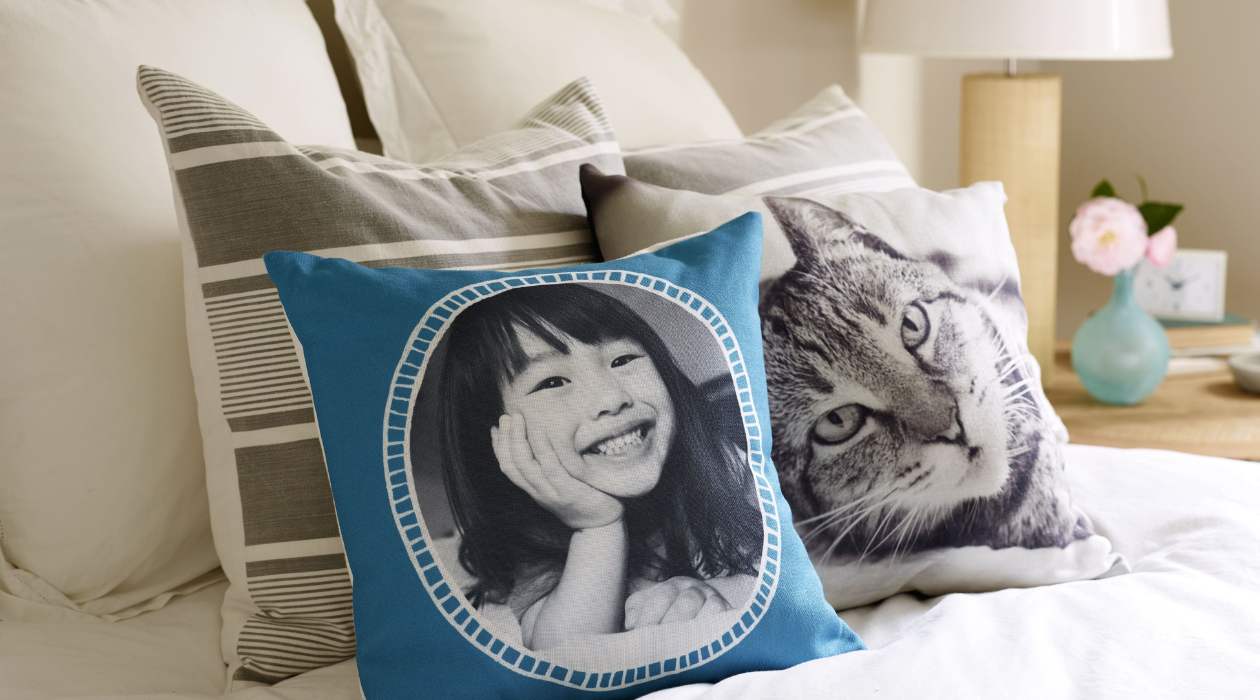
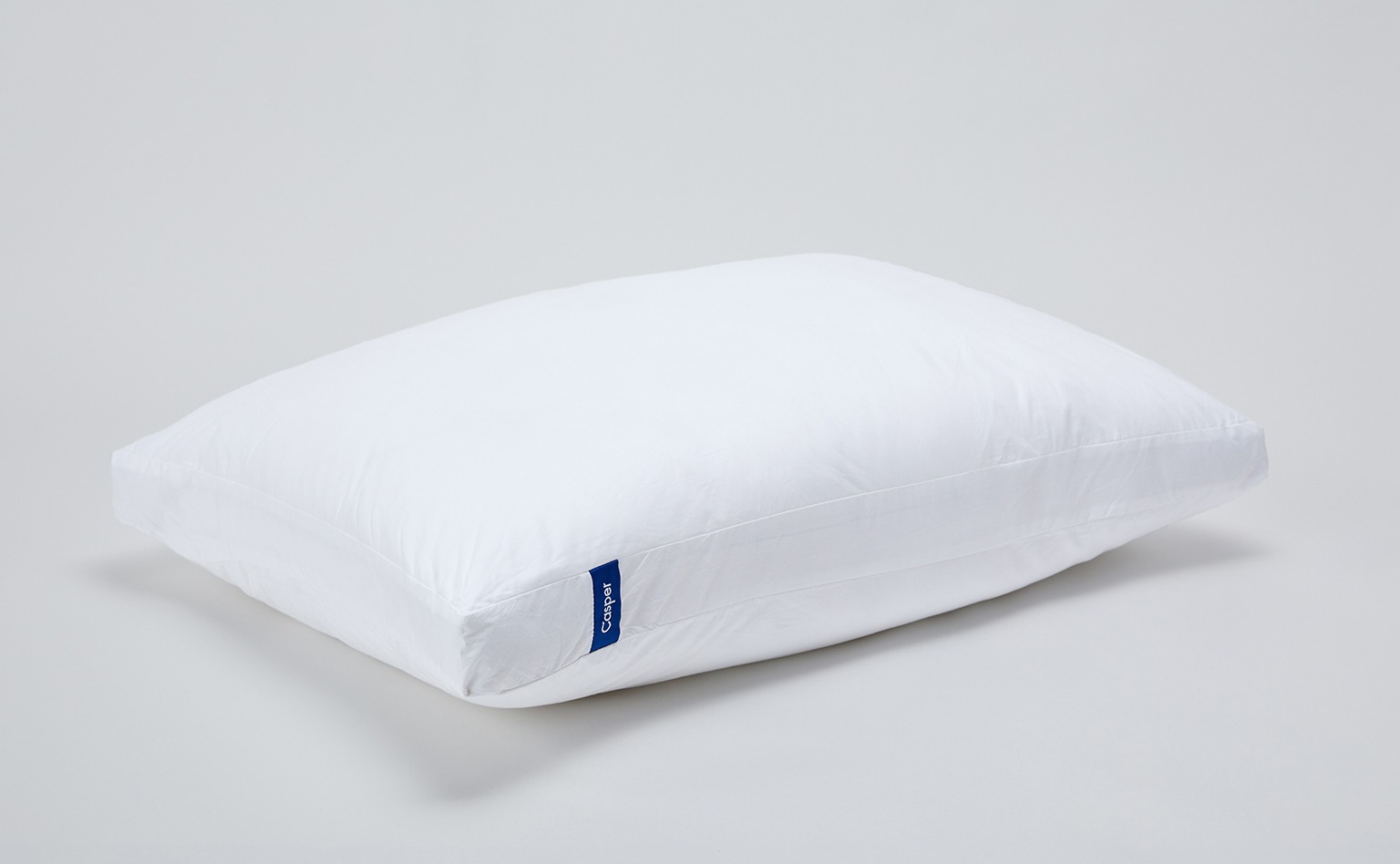
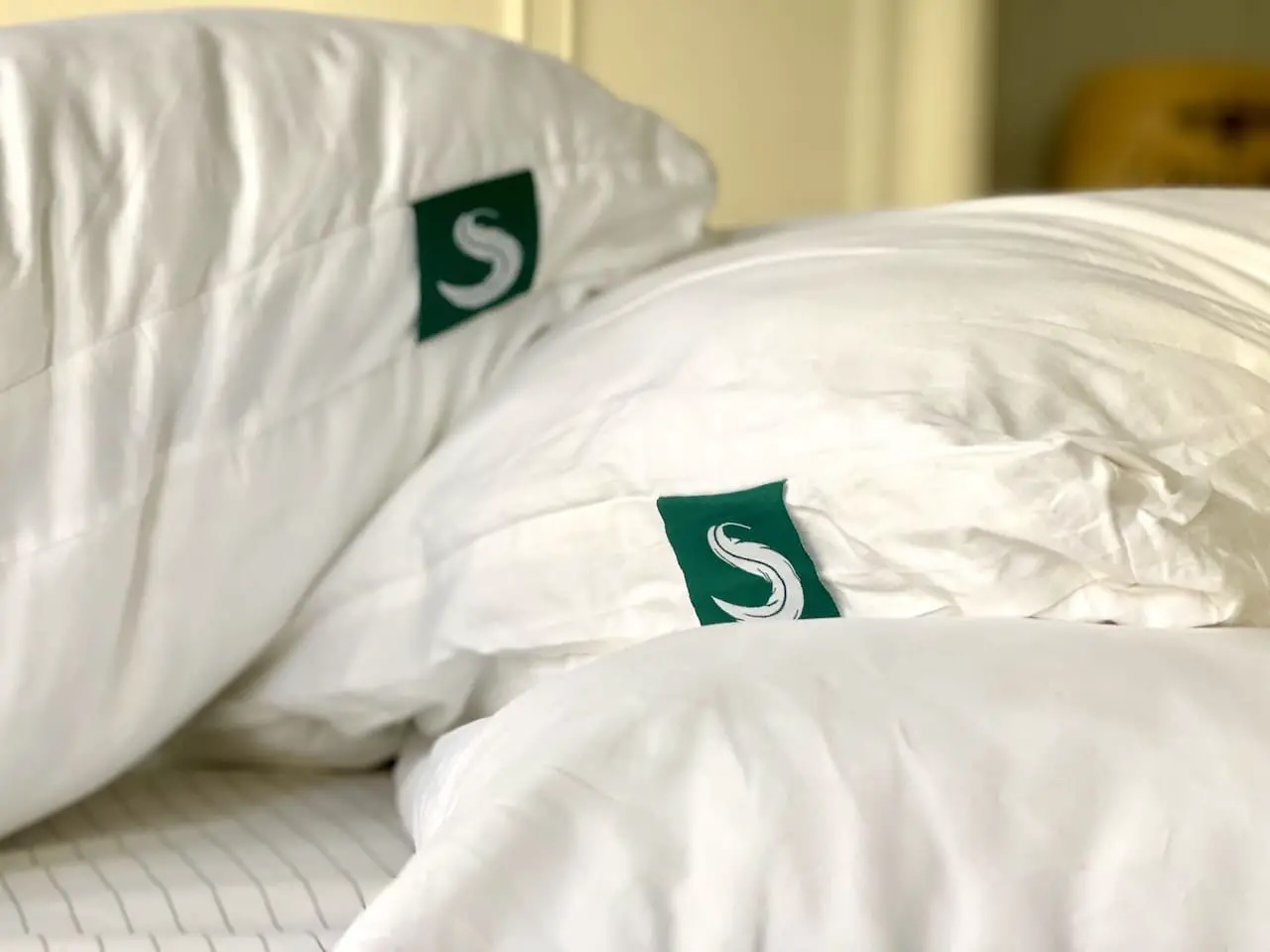
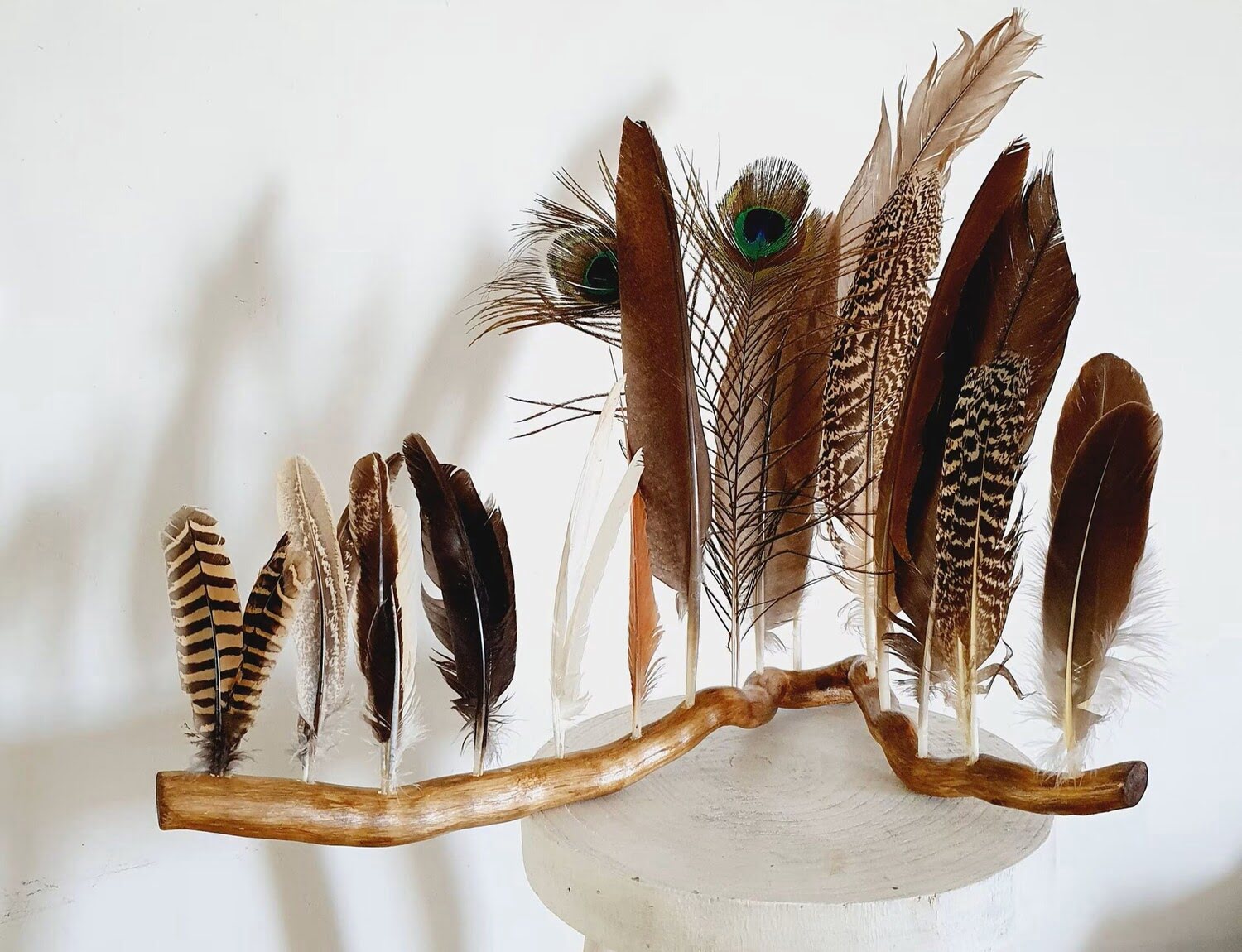
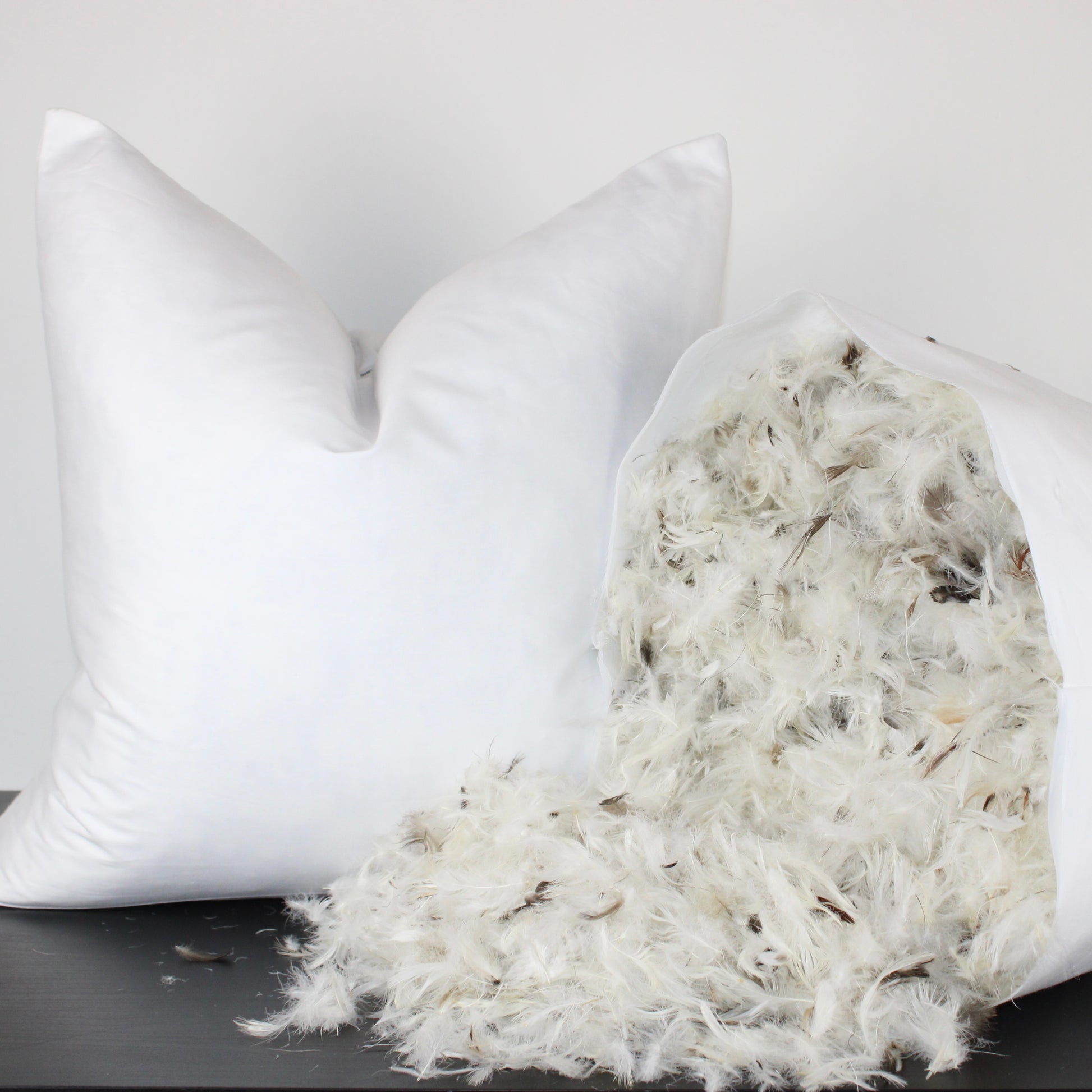
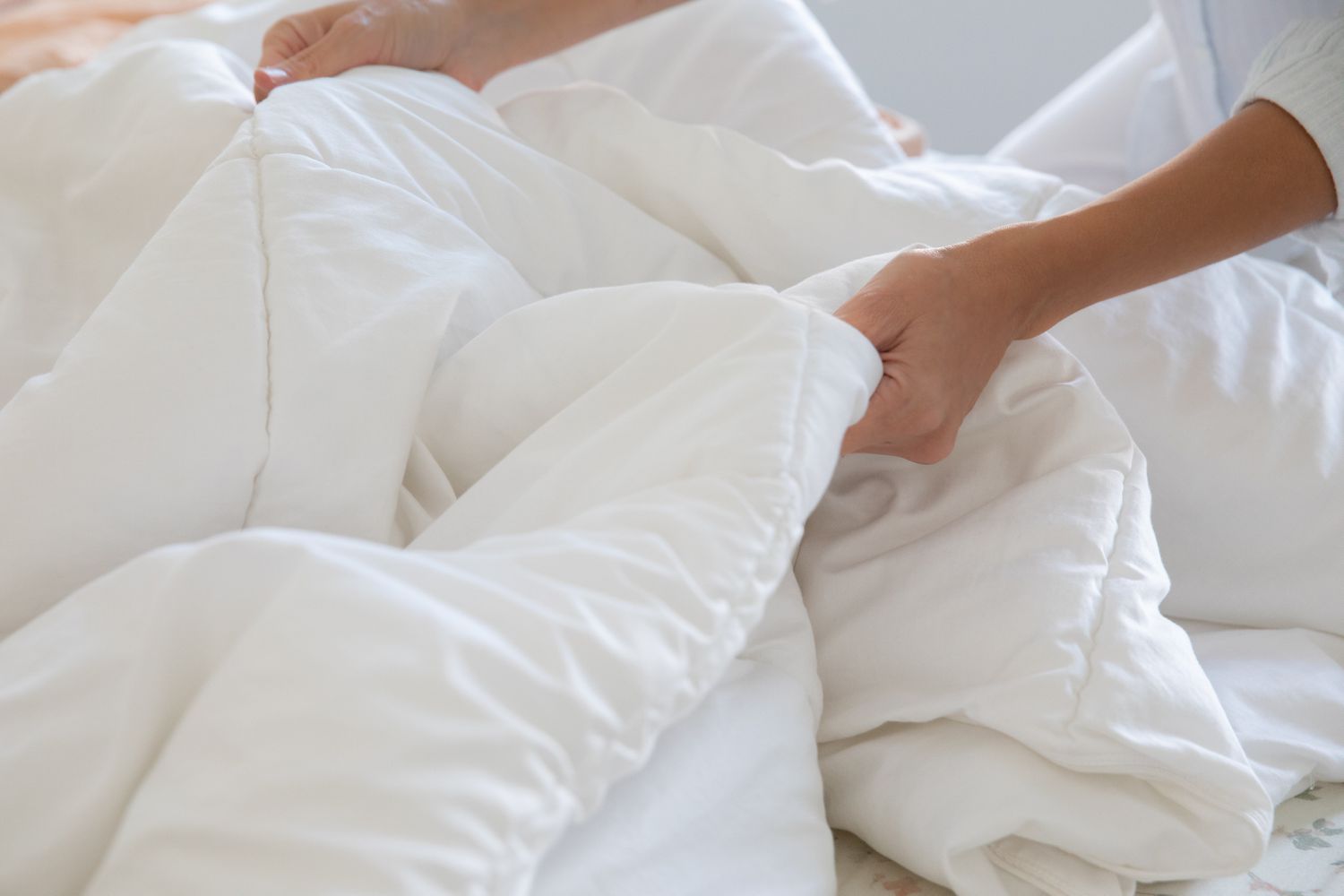
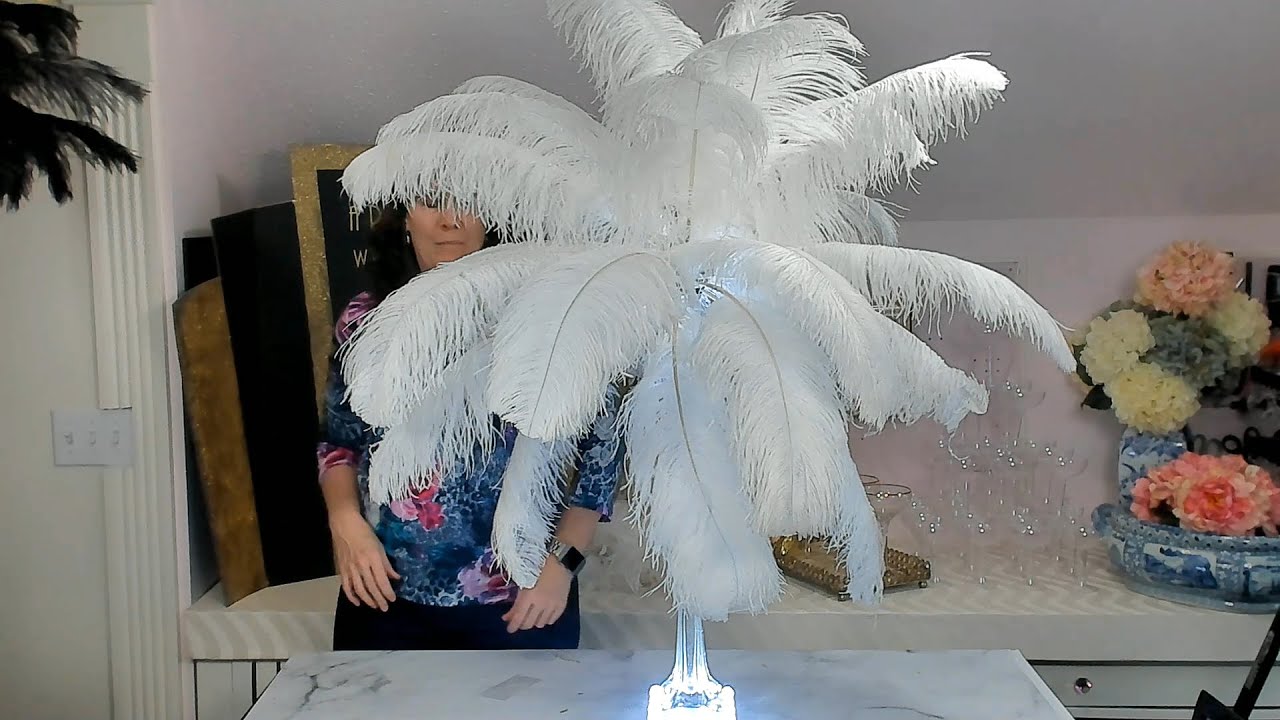
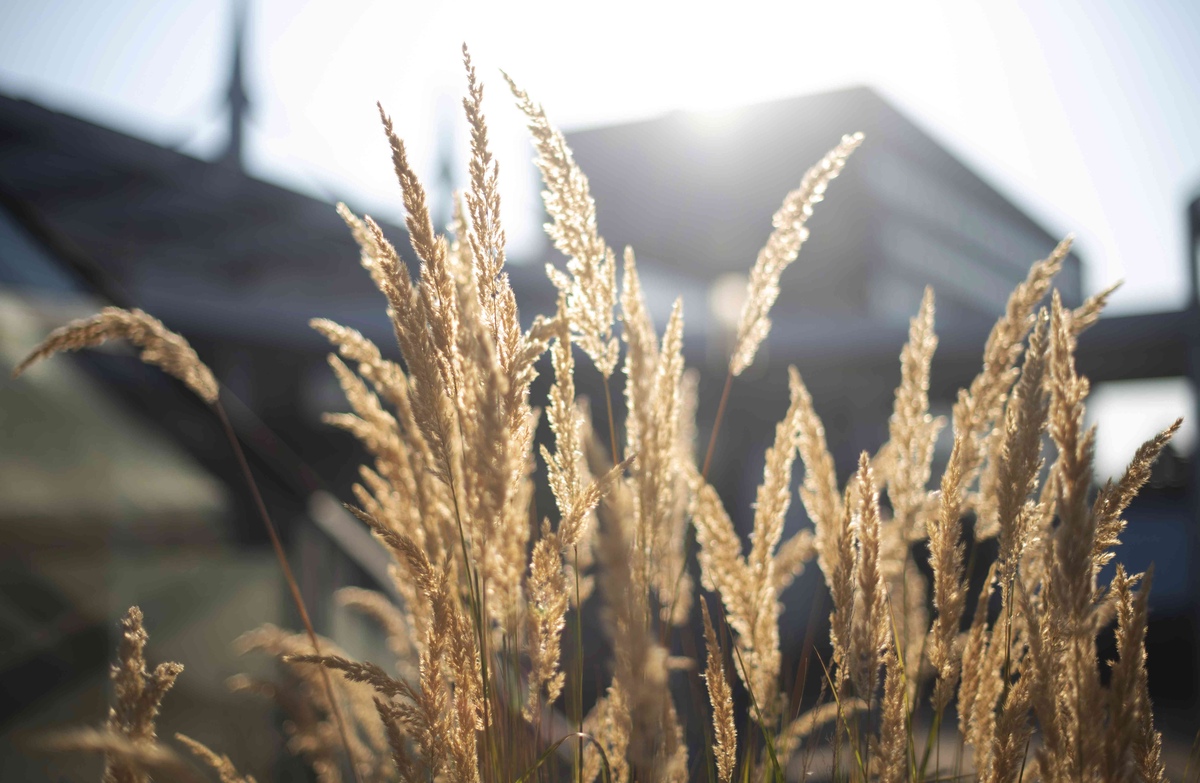
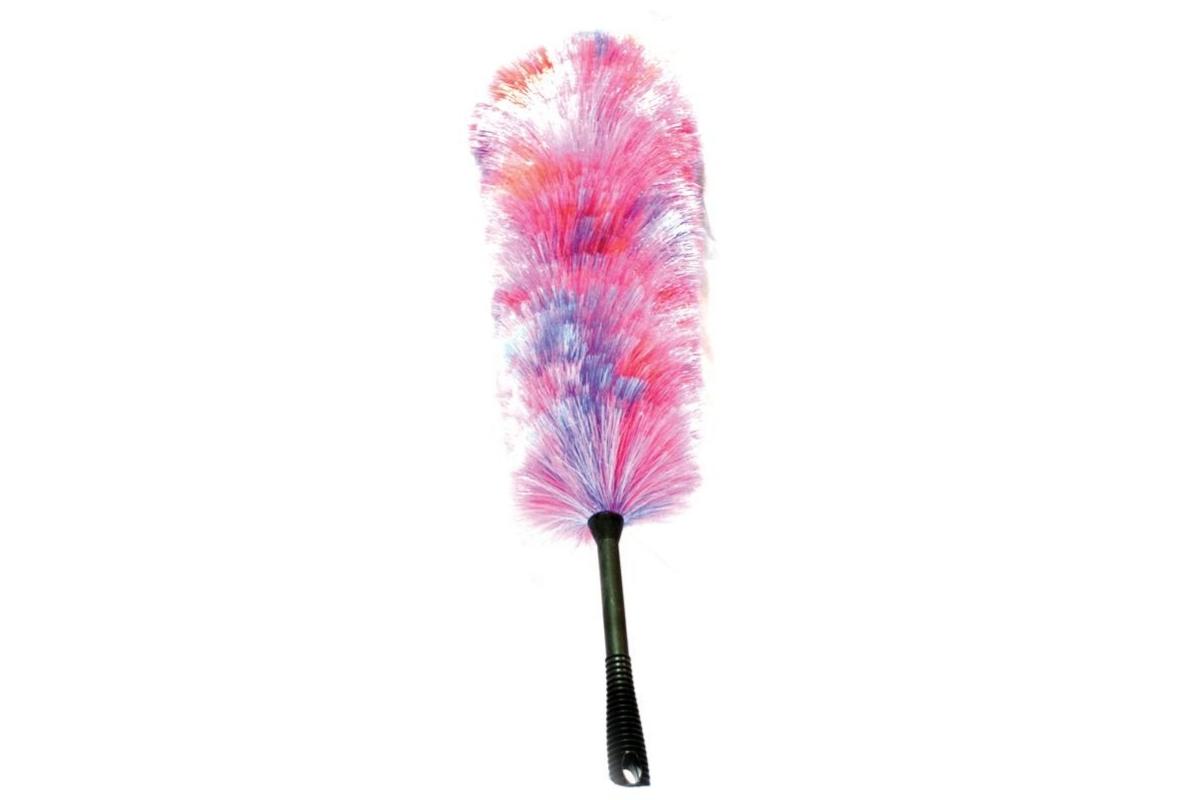

0 thoughts on “How Feather Pillows Are Made”